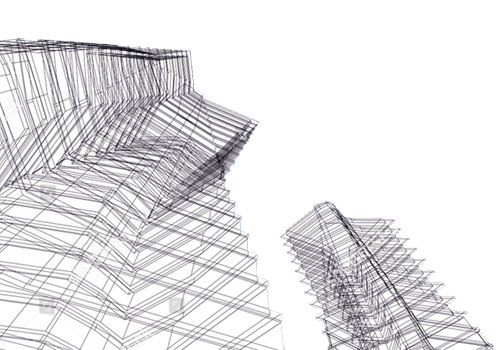Enhancing Structural Engineering Efficiency With 3d Structure Design Software
Efficiency is incredibly important in the dynamic field of structural engineering because it helps create solutions that are cost-effective, safe, and reliable. Performance-based 3d Structure Design Software has emerged as a game-changer with the emergence of modern technology. Perform 3D, which provides a full range of features and functionalities to streamline the structural engineering process, is one such potent instrument. In this blog article, we'll look at how Perform 3D improves structural engineering productivity by empowering designers to achieve higher performance.
Process for
Streamlining Analysis
Perform 3D's user-friendly and intuitive interface revolutionizes the conventional structural analysis workflow. Engineers can effectively model complex structures, specify loads and boundary conditions, and carry out sophisticated analyses thanks to the program. Perform 3D's potent solver engine enables it to handle complex structural models and carry out precise static, dynamic, and nonlinear evaluations. Perform 3D considerably decreases analysis time by automating repetitive operations and offering effective data entry options, allowing engineers to concentrate more on design exploration and optimization.
Capabilities for
Performance-Based Design
Perform 3D's capacity for performance-based design is one of its main advantages. Engineers may evaluate the performance of their structures under a variety of loading situations, such as seismic occurrences or severe weather, using the program. Perform 3D assists engineers in designing structures that achieve required performance levels, assuring safety and reliability. It does this by including performance targets and restrictions. The program makes it easier for engineers to evaluate structural responses, such as displacements, member forces, and inter-story drifts, allowing them to make well-informed design decisions and iteratively improve their designs.
Iterative design
and optimization
Engineers may optimize their structural designs with Perform 3D's iterative analysis and design exploration tools. Engineers can find the most effective and cost-effective design solutions by using the software's powerful optimization features. The parameterization and automatic optimization of important design factors, including member sizes, reinforcement details, and connection configurations, is possible with Perform 3D. Engineers can fine-tune their models and achieve optimal performance while adhering to code requirements and project restrictions through iterative design iterations. In addition to increasing productivity, this iterative design process aids in identifying creative design alternatives that could have gone unnoticed using more conventional manual techniques.
Building
Information Modelling and seamless integration
To improve collaboration and information sharing among project stakeholders, Perform 3D effortlessly interacts with Building Information Modelling (BIM) workflows. Engineers can make use of Perform 3D analysis and design capabilities within the BIM environment by importing BIM models from well-known software platforms. This connection guarantees accurate and consistent data flow, minimizing errors and re-entry of data. Additionally, Perform 3D enables engineers to see analysis results inside the BIM model, improving collaboration and communication with other project team members including architects and contractors.
Perform 3D has become a potent tool for
increasing structural engineering efficiency. A more effective and successful
design process is facilitated by its streamlined analysis workflow,
performance-based design capabilities, optimization tools, and seamless
connection with BIM processes. Engineers can generate superior structural
designs that satisfy performance goals and code requirements while saving time,
reducing errors, and using Perform 3D's capabilities and functions. Adopting
performance-based analysis and design software, such as Perform 3D, is crucial
for staying on the cutting edge of efficiency and innovation as the profession
of structural engineering develops.


.png)
Comments
Post a Comment